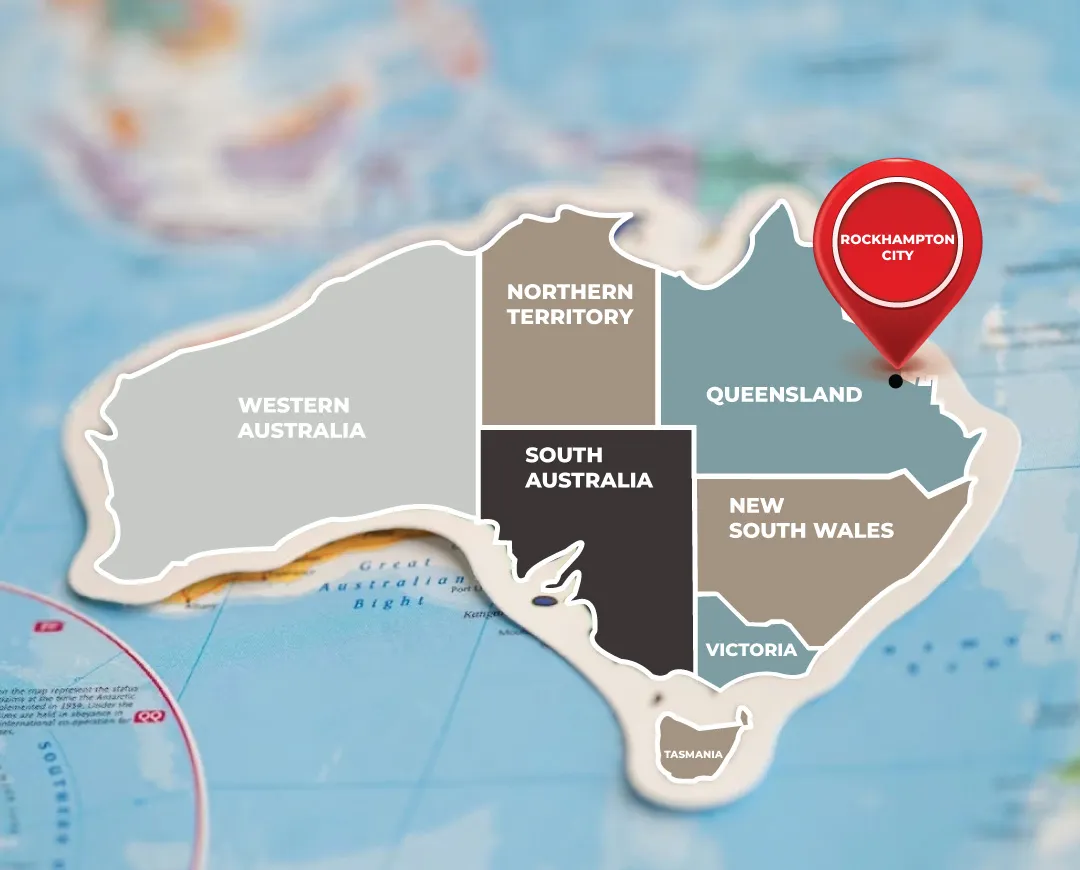What is NDIS Funding?
NDIS funding is a crucial aspect of Australia’s National Disability Insurance Scheme, providing financial support to individuals living with disabilities. This funding is designed to empower individuals by granting them access to necessary services and supports to enhance their quality of life and facilitate their participation in society. It encompasses various forms of assistance, including but not limited to, personal care, therapy, mobility aids, and community participation programs.
Whether it is NDIS self-managed funding or fund managed by plan manager, the NDIS operates on the principle of individualised funding, meaning that the amount allocated to each participant is based on their unique needs, goals, and circumstances. This personalised approach ensures that individuals receive the support that is tailored to their specific requirements, promoting independence, choice, and control.
NDIS funding is not a one-size-fits-all solution; instead, it is flexible and adaptable to accommodate the diverse needs of participants. It recognises that disability is multifaceted and that individuals may require different types and levels of support at various stages of their lives. Therefore, NDIS funding category is dynamic, allowing participants to adjust their support as their needs evolve.
Overall, NDIS funding plays a crucial role in empowering individuals with disabilities to lead fulfilling lives and participate actively in their communities. It represents a significant investment by the Australian government in promoting inclusion, equality, and social justice for people with disabilities, reaffirming their rights to access the disability support services they need to thrive.
NDIS Funding Categories
The NDIS funding category includes various support categories, each designed to address specific needs and goals of participants. These categories include:
Core Supports: Core supports encompass essential activities of daily living, enabling NDIS participants to maintain their independence and wellbeing. It includes assistance with personal care, household tasks, community access, and transport. Core supports aim to address immediate needs and enhance participants’ ability to engage in everyday activities, fostering autonomy and inclusion within their communities.
Capacity Building Supports: Capacity building supports focus on developing participants’ skills, knowledge, and independence to achieve their goals and aspirations. It includes therapies, training, education, and support coordination services. Capacity building aims to empower participants to overcome barriers, build resilience, and actively participate in their communities. Through targeted interventions and personalised approaches, participants can develop the capabilities needed to maximise their potential and lead fulfilling lives.
Capital Supports: Capital supports provide funding for items and modifications that improve participants’ independence, safety, and quality of life. It includes assistive technology, home modifications, vehicle adaptations, and specialised equipment. Capital supports aim to enhance participants’ functional capacity and enable them to access their environments more effectively.
Whether it is NDIS funding for autism or assistive technology, by categorising funding in this way, the NDIS ensures that participants receive the appropriate support to meet their individual needs and goals, promoting choice, flexibility, and independence.
Accessing NDIS Funding as a Service Provider
Are you thinking about how to get NDIS funding? Service providers access NDIS funding by becoming registered NDIS providers. It involves meeting specific eligibility criteria and demonstrating compliance with NDIS quality and safeguarding standards. Once registered, providers can offer their services to NDIS participants and submit claims for reimbursement.
Providers must adhere to NDIS guidelines for service delivery, documentation, and reporting to ensure that the supports provided meet participants’ needs and goals. By actively engaging with NDIS participants and maintaining compliance with NDIS regulations, service providers can access funding to deliver high-quality, person-centred support services effectively.
How Can Providers Maximise NDIS Funding?
To maximise funding allocations, providers need to adopt strategic and participant-centred approaches. It includes tailoring services to meet specific participant outcomes, cost-efficiency without compromising quality and continually improving service delivery based on feedback and outcomes.
Assessing Client Needs
To effectively utilise NDIS funding, providers must begin with a comprehensive assessment of the client’s needs. It involves understanding the individual’s goals, challenges, and the support they require. It’s not only about identifying the immediate needs but also anticipating future requirements that may arise. Accurate and thorough assessments ensure that funding is allocated appropriately, maximising the benefit to the participant.
Developing a Support Plan
Once the assessment is complete, the next step is to develop a tailored support plan. This plan should align with the client’s goals and outline the services and support required to achieve them according to the NDIS funded activities. It acts as a blueprint for delivering quality care and guides the allocation of NDIS funds. Regular review and updates to the support plan are essential to adapt to any changes in the client’s situation or goals.
Understanding the Price Guide
The NDIS price guide sets the maximum prices providers can charge for certain supports and services. Familiarity with this guide is crucial for providers to ensure they are billing correctly and sustainably. Understanding the NDIS price guide and NDIS funded category helps in planning services that are both beneficial to the participants and viable for the provider. It’s important to stay updated with any changes to the price guide to avoid any discrepancies in billing.
Managing Plan Funds
Effective management of plan funds is essential to delivering continuous and consistent support to participants. Providers play a key role in helping participants understand how their funds are being used and ensuring that the services provided offer value. It involves keeping accurate records, monitoring fund balances, and communicating openly with participants about their budget and service usage.
Engaging with Participants and Stakeholders
Building a strong relationship with participants and their network of supporters is fundamental to successful NDIS service provision. Engagement involves regular communication, seeking feedback, and involving participants in decision-making processes. It also means collaborating with other providers, community organisations, and stakeholders to create a cohesive support network around the participant.
By focusing on these subheadings, NDIS providers can streamline their processes, enhance service delivery, and ultimately, improve outcomes for participants.
NDIS Funding and Line Items
NDIS funding is intricately linked to line items, which serve as the basis for claiming reimbursement for services provided to NDIS participants. These line items categorise the types of NDIS support and services eligible for funding. Each service delivered must align with a specific line item, ensuring that funding is allocated appropriately and transparently.
NDIS providers must accurately document the support they deliver and ensure they meet the criteria outlined in the relevant line item. Understanding NDIS line items is essential for providers to navigate the funding system effectively and maximise their reimbursement while delivering quality services to participants.
Maximising NDIS funding requires a deep understanding of the system, commitment to quality service delivery, and stringent compliance with the NDIS practice standards. Providers who focus on participant goals and outcomes, while effectively managing the administrative and compliance aspects, will not only excel in service provision but will also be able to secure and optimise their funding under the NDIS.



























